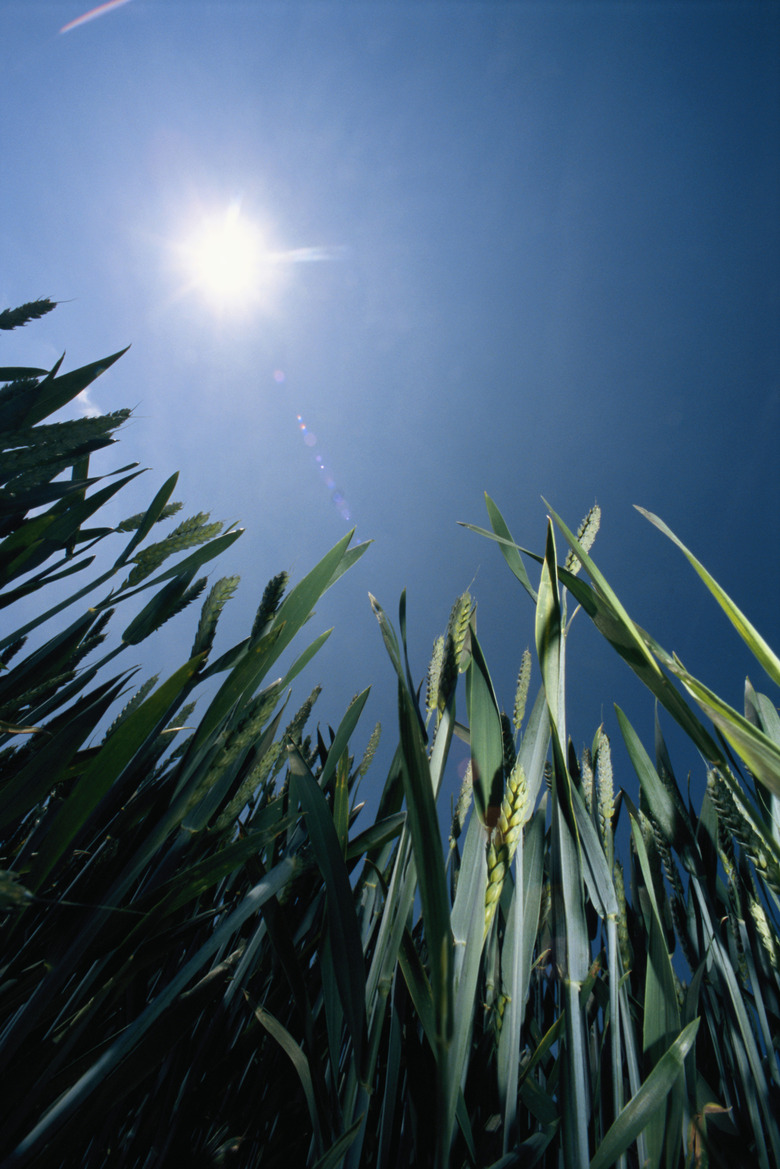Physical Address
Suite 5, 181 High Street,
Willoughby North NSW 2068
Physical Address
Suite 5, 181 High Street,
Willoughby North NSW 2068

Cornstarch is the starch derived from the maize (corn) plant. In the corn refining (wet milling) process, cornstarch is obtained from the endosperm of the corn kernel. The chemical components of cornstarch are amylose and amylopectin.
When cornstarch and water are heated, the starch granules increase in size and viscosity and eventually form a paste or gel. These physicochemical properties have made cornstarch useful in food and industrial applications, such as thickeners and adhesives.
The cornstarch chemical formula is (C6H10O5)n, and cornstarch is usually made up of 27 percent amylose and 73 percent amylopectin. However, this amylose/amylopectin ratio varies slightly with different corn varieties, environmental and soil conditions. Waxy maize consists of all amylopectin, and high amylose corn contain amylose as high as 70 percent .
Both amylose and amylopectin are homopolymers of repeating anhydroglucose units (AGU) joined by an alpha-glycosidic linkage. Amylose are straight chain starch molecules with alpha-1,4-linkages. Amylopectin are branched chain starch molecules that are linked linearly by 1,4-linkages and branched using 1,6-linkages. The structures of amylose and amylopectin are illustrated below.
Corn kernels have three major parts: the seed coat or pericarp, the starchy endosperm and the embryo or germ. Since the endosperm is the main energy reserve, cornstarch is extremely high in starch content, providing 28 grams (g) of carbohydrates in 29 g of cornstarch. Corn flour is higher in health benefits: 29 g of corn flour provides 22 g of carbohydrates, 3 g of protein, 1.5 g fat, 2 g fiber and many other nutrients such as:
• vitamin B• iron• potassium• magnesium
Cornstarch is produced from corn kernels in a refining process known as wet milling. During the first stage of cleaning and steeping, shelled corn is cleaned to remove any impurities and transported to steep tanks, where the corn is soaked in warm water to facilitate the release of starch.
The softened kernel is then passed through mild attrition mills, in which corn is coarsely milled to free germ from the fiber, protein and starch. Centrifugal forces are then used to isolate the germ, which can be further refined to yield corn oil. Fine milling on the remaining endosperm and hull allow complete separation of starch and fiber. The washed hull can be milled to produce refined corn bran.
The fourth stage involves the separation of starch and gluten, as underflow and overflow respectively, from the water slurry by centrifugation. The gluten is dried and sold as gluten meal, and the white, nearly-pure starch slurry is further processed into cornstarch.
When cornstarch and water are heated, the starch molecules hydrate and combine with individual water molecules. The starch granules hydrate, increase in size and viscosity and eventually form a paste or gel.
The process of starch gelatinization is commonly used for thickening food products such as gravies, sauces and puddings. In many other foods, starch pastes are used to suspend or emulsify fats and proteins. Starch paste spread on a smooth surface and dried can also form strong adhesive films, which has applications in paper coating and corrugated board manufacturing.
The gelatinization of high amylose starches is difficult, but it can form firm gels and strong films. On the other end of the spectrum, waxy starches (100 percent amylopectin) gelatinize easily to yield weak gels.